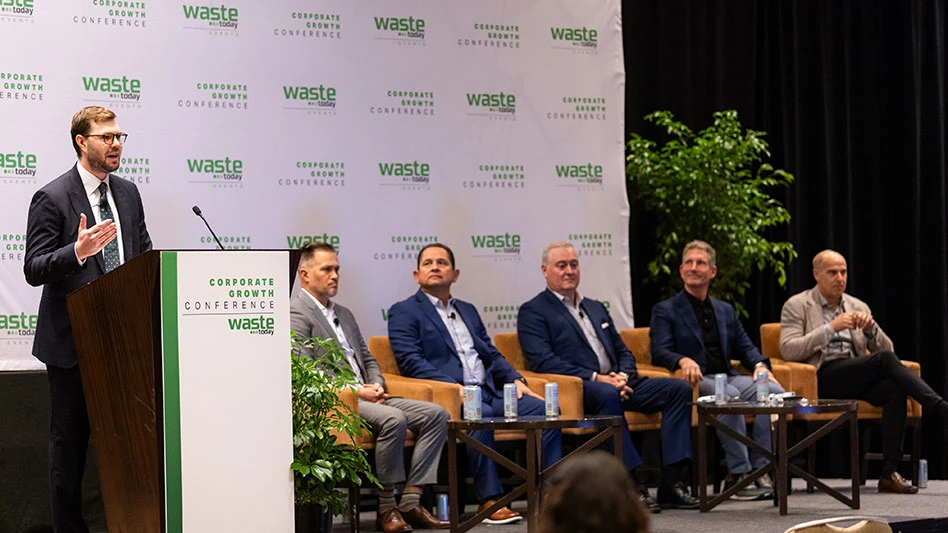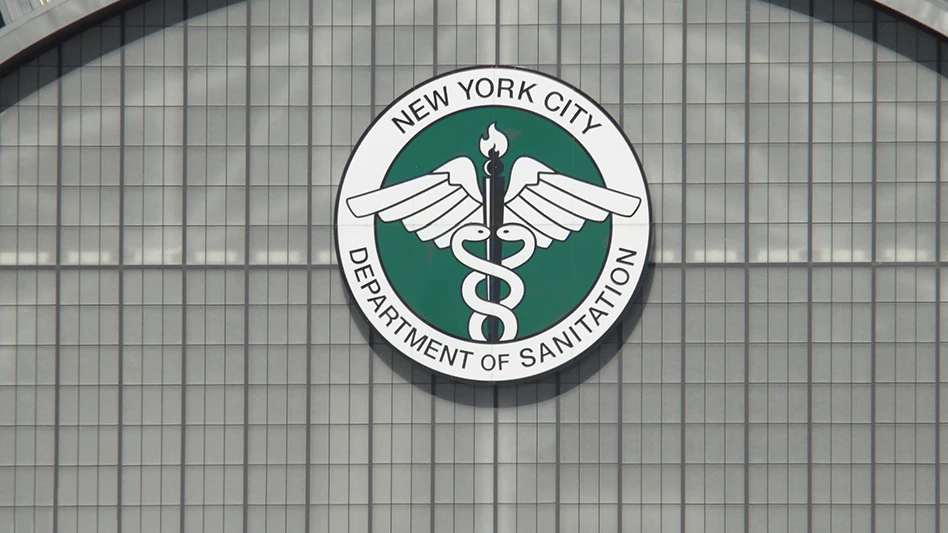
For 3 Rivers Energy Partners, spent grains from distilleries have become a crucial ingredient in a project to produce renewable fuels to reduce greenhouse gas emissions, enhance soil health and foster rural economic development jobs. The Three Rivers, Michigan-based company brings a regenerative agriculture approach to its renewable energy efforts.
“We’re trying to solve an issue for a manufacturer, whether that’s Jim Beam or Jack Daniel’s, and then return those nutrients to the farmers as fertilizer,” says John Rivers, president and CEO of 3 Rivers Energy Partners. “We’re very much into the agricultural side, and we use the RNG [renewable natural gas] to pay for that solution.”
Rivers initially founded renewable energy company Hillstone Environmental Partners in 2015, which worked primarily with oil companies, before selling the company to start 3 Rivers Energy Partners in 2020. Today, the company focuses on commercial feedstocks such as spent grains as opposed to agricultural dairy waste or food waste.
At distilleries, the whiskey-making process yields alcohol and stillage, a wet waste product. Stillage management can be a big challenge for distilleries, many of which have long used an energy-intensive and expensive process to dry, separate and convert it to animal feed.
At the Beam Suntory Booker Noe Distillery in Boston, Kentucky, 3 Rivers is constructing a wet anaerobic digester (AD) and biogas upgrade plant that will take in spent stillage from the distillery as feedstock to produce biogas and digestate. That biogas will be upgraded and refined into usable RNG, and the digestate will be turned into a nutrient-rich natural liquid fertilizer that will be sold to farmers working on surrounding farmland.
Rivers explains that when farmers grow corn, one of the grains used to make whiskey, the nutrients from the soil remain in the grains even after fermentation. Those nutrients remain intact in the liquid fertilizer, and, in some cases, farmers will use that fertilizer to grow corn that goes back into the whiskey-making process at a nearby distillery.
“Our solution is from cradle right to the grave,” Rivers says. “It’s completely regenerative.”
In addition to the Jim Beam project, 3 Rivers is working with Jack Daniel’s and six other whiskey distilleries in the U.S., along with a tequila distillery in Mexico, to install RNG plants. At the Jack Daniel’s distillery in Lynchburg, Tennessee, the AD facility is in testing phases, Rivers says.
“We are thrilled to begin this partnership with 3 Rivers Energy Partners in the development and use of anaerobic digestion for our operations,” says Jack Daniel’s General Manager Melvin Keebler. “This facility will ensure that we can expand our operations in a sustainable way that supports our community, our employees and our business.
“It allows us to utilize renewable energy to run our operations as well as partner with local farmers in the use of natural fertilizer to create a circular economy for corn use at the distillery. This partnership is a strategic step in our ever-evolving sustainability journey.”
While those distillery projects are the company’s most visible efforts, 3 Rivers also is working on RNG projects in other industries. The company is working with two ethanol facilities and three sugar cane mills to set up similar RNG and fertilizer production systems.
Through its work with the sugar cane companies, 3 Rivers has developed a way to digest bagasse, the solid byproduct created when liquid components are extracted from sugar cane plants, and turn it into RNG the mills can use as a cleaner burning fuel source.
“This is a big deal. We’ve come up with a way to digest the bagasse,” Rivers says. “Local air quality is dramatically improved.”

Operational efficiency
When partnering with distilleries on RNG projects, 3 Rivers owns and operates the waste-to-energy facilities, which are located on-site or adjacent to each distillery.
In the states where 3 Rivers is developing renewable energy projects, it has set up separate entities to manage the RNG projects. In Kentucky, the Jim Beam project will operate under the name Bluegrass Renewable Fuels, while in Tennessee, the Jack Daniel’s project will be called Lynchburg Renewable Fuels. Internal lab capabilities, including gas testing and stillage testing, are handled by 3 Rivers.
The RNG created at each location could power 30,000 to 40,000 homes, Rivers says. For some feedstock suppliers, including Jack Daniel’s, the RNG generated at the plant will be sold and injected into the natural gas grid. That was important to the team at Jack Daniel’s, Rivers says, because the surrounding community didn’t have a reliable source for natural gas.
“The whole community didn’t have enough natural gas ... so they thought it was better to put it in the pipeline,” he explains.
However, about half the companies that 3 Rivers works with plan to use the generated RNG to power their internal operations. That’s what Jim Beam will do once its facility is up and running, Rivers says.
The AD system will power the adjacent distillery, providing 65 percent of its gas needs and helping to reduce its overall greenhouse gas emissions by 50 percent.
Harnessing the power of existing technologies
3 Rivers does not have proprietary technology, Rivers explains, and instead works with renewable energy systems manufacturers such as Hitachi Zosen and BioFerm to build the best technology solution for each manufacturing situation.
For Jim Beam, Zurich-based Hitachi Zosen Inova, which offers waste conversion technology, designed a wet anaerobic digester that can handle 648,000 gallons per day, an amine biogas upgrader system, integrated process piping and controls.
The company has focused on implementing AD technology to help its clients meet organics diversion goals, says Thomas Gratz, sales manager for Hitachi Zosen Inova USA.
For the Jack Daniel’s facility, Madison, Wisconsin-based BioFerm designed a combined AD and gas upgrading system to break down stillage and produce biogas.
Going beyond RNG into agricultural benefits
For Rivers, whose background is in farming, the focus always comes back to agricultural efforts. He has a keen interest in not only generating RNG but also better managing the nutrients found in fertilizer.
Controlling those nutrients would have a serious impact on red tides, the harmful algae blooms that occur when colonies of algae grow out of control and produce toxic and harmful effects, Rivers says. These algae blooms can kill scores of fish, make shellfish dangerous to eat and cause respiratory problems in humans.
The type of algae that causes red tide feeds on nitrogen and phosphate, nutrient polluters from agricultural fertilizer runoff into waterways.
By applying nutrient-rich fertilizer using mobile irrigation systems, Rivers says, 3 Rivers can help mitigate fertilizer runoff and have a significant environmental impact on waterways.
“We’re on the cusp of doing some things environmentally that most people have only dreamed of,” Rivers says.

Explore the September 2024 Issue
Check out more from this issue and find your next story to read.
Latest from Waste Today
- Waga Energy partners on RNG project at France landfill
- Hawaiian county selects landfill site
- CAA submits final draft program plan in Oregon
- Washington city adds organics collection to waste service
- Aspen Waste Systems expands into Denver-metro market
- NYSAR3 seeks respondents to commercial recycling survey
- Aemitis AD system goes online
- Liebherr breaks ground on logistics center





